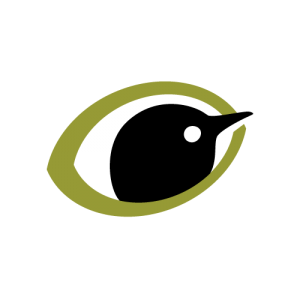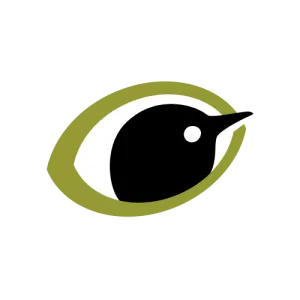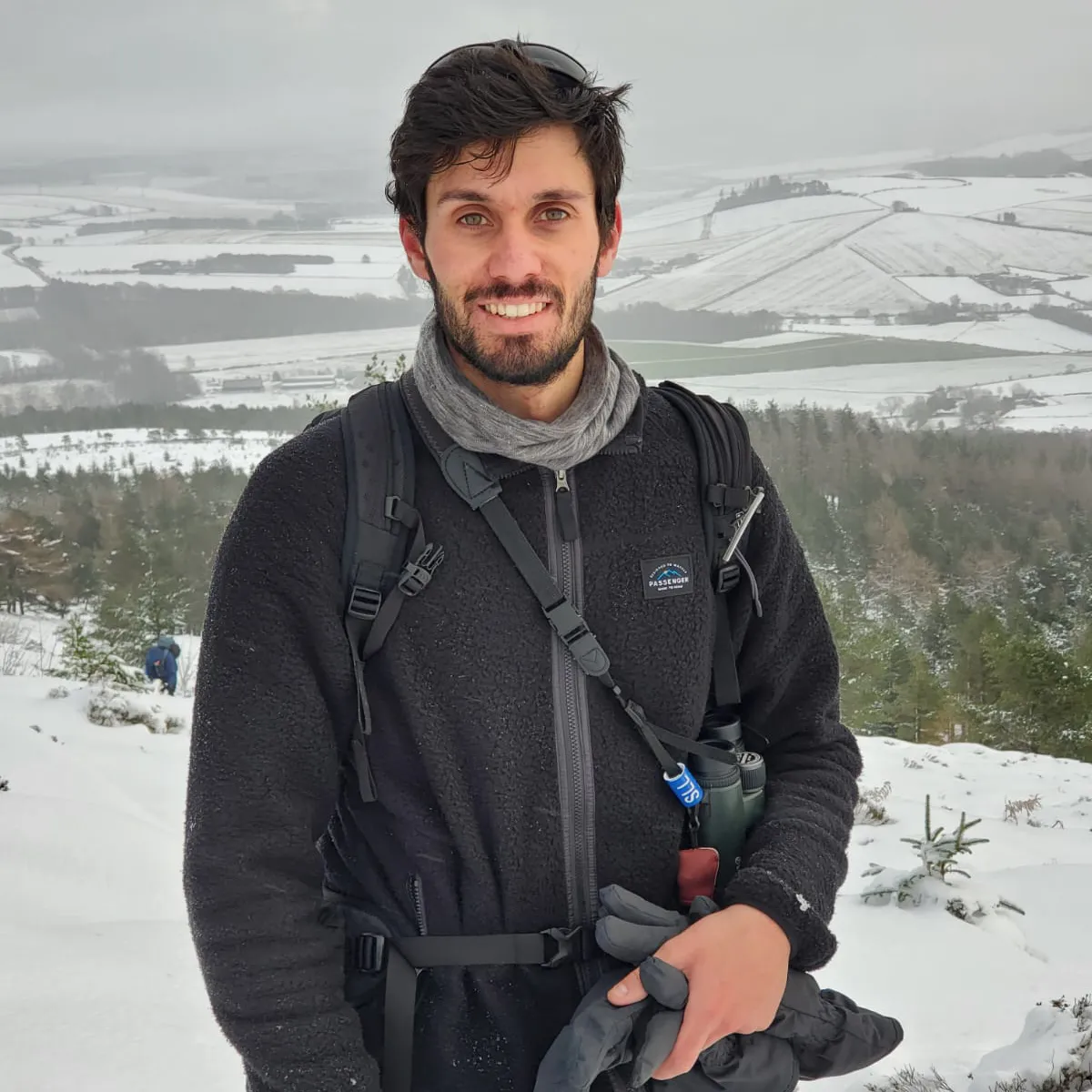Citation

Overview
GPS tracking of three large gull species from the Isle of May, Scotland, revealed overlap in foraging habitats used during the breeding season, but differences in the where the three species foraged, and the strength of their preference for particular habitats, especially landfills, urban and coastal habitats.
In more detail
Human activities are changing natural habitats globally, putting pressure on wildlife by, for example, altering how species find food. This can impact their breeding success and survival. Some species, like gulls, are very adaptable and can change their diets and take advantage of human-altered environments, such as cities or landfills. However, this can bring them into conflict with people, and increase competition between individuals of the same and different species when high-quality food sources become scarce.
To understand how habitat changes may affect gulls, this work studied three species (Lesser Black-backed Gulls, Herring Gulls and Great Black-backed Gulls) during the breeding season from the Isle of May, Scotland. Using GPS trackers, the authors followed the gulls’ movements and analysed where they foraged and which habitats they preferred to determine their extent of niche partitioning (i.e. how much overlap there was in where the three species foraged and in which habitats) and their use of human-modified landscapes.
The study found that while there was overlap in the habitats all three species used, there were differences in where the gulls foraged, indicating partial niche partitioning. Lesser Black-backed Gulls travelled further from the colony than the other two species, with Great Black-backed Gulls having the smallest foraging ranges, likely due to their great size and therefore greater competitive advantage. Herring and Great Black-backed Gulls showed a preference for landfills and coastal areas, including harbours. Although Lesser Black-backed Gulls also showed a weak preference for these habitats they primarily targeted agricultural areas. Across the three species, most individual gulls visited multiple habitats over the breeding season, therefore, the selection for landfill, urban and harbour habitats was largely driven by a small number of individuals that showed a preference for these specific habitats.
The results suggests that if habitat loss and degradation continues, this could negatively impact even generalist gull species. Given that the gulls in this study largely targeted habitats linked to human activities, further changes such as landfill closures or altering coastal environments, could push the gulls to forage on alternative, less preferred and lower quality food. Competition for scarce resources will also likely increase, which may further negatively impact the gulls’ breeding success and survival, as well as exacerbate conflicts with human activities in alternative habitats. By tracking multiple species at once, we can better understand how changes in habitat use influences competition between (and within) species and interactions with human activities, improving our ability to inform conservation action and mitigate conflict.
Abstract
Anthropogenic habitat change is having a detrimental impact on biodiversity worldwide, altering the foraging behaviour and population dynamics of many species. Generalist species often adapt by broadening their resource use and/or exploiting human-modified environments. However, habitat changes that reduce the availability of good quality resources can lead to increased interspecific competition among sympatric species and increased conflict with human activities. We investigated the breeding season foraging ecology of three sympatric gull species, Lesser Black-backed (Larus fuscus), Herring (Larus argentatus) and Great Black-backed Gulls (Larus marinus), from the same colony in Scotland. Using GPS tracking data, we analysed foraging ranges, spatial distributions and habitat preferences to determine the extent of the gulls' niche partitioning and use of human-modified landscapes. Our findings revealed considerable overlap in resource use between species. However, species-level differences in spatial distributions and habitat selection demonstrated partial niche partitioning. Lesser Black-backed Gulls had significantly larger foraging ranges than Herring and Great Black-backed Gulls, indicating spatial segregation. Herring and Great Black-backed Gulls strongly selected for landfill and coastal habitats. Lesser Black-backed Gulls also selected for these habitats but primarily used agricultural areas. Individual-level analysis revealed that most species-level selection for urban, landfill and harbour habitats was driven by a subset of individuals. The observed limited niche partitioning indicates that further habitat loss or degradation could negatively impact all three gull species unless the extent of niche partitioning changes. Given that most habitats used were linked to human activities, further anthropogenic change may displace gulls from preferred foraging areas, increasing competition for limited resources and exacerbating conflicts with human activities in alternative habitats. By simultaneously tracking sympatric species, we can better understand how shifts in resource availability may impact interspecific competition and interactions with human activities to help inform management actions and mitigate conflict with humans, particularly around licensed control.
This work was funded by the UK Department for Business, Energy and Industrial Strategy (BEIS, now the Department for Energy Security and Net Zero [DESNZ]) Offshore Energy Strategic Environmental Assessment (OESEA) programme and particular thanks go to John Hartley of Hartley Anderson Ltd. for his support of the work and management of the contract. Funding for the devices deployed on Great Black-backed Gulls was provided by the Scottish Government. Funding for Herring Gull tracking work was provided by NatureScot, who also provided permission to work at the SPA.







